Caged like animals: Inside Bangkok’s notorious IDC
February 6, 2020 · By UCA News reporter, Hong Kong for www.ucanews.com
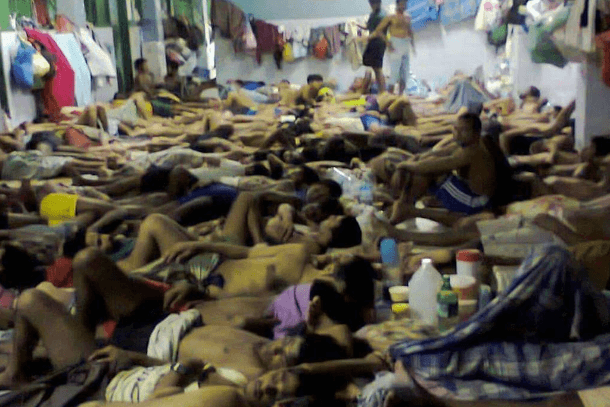
Gross overcrowding at Bangkok’s Immigration Detention Center allows at most a space of one meter by 40 centimeters per person to stretch out and sleep. A facility designed to hold no more than 500 detainees often accommodates up to 1,200.
Bangkok’s Immigration Detention Center (IDC) has long been notorious for the squalid and overcrowded conditions in which inmates — including children, women and the elderly — have been forced to languish for months and even years on end.
Yet surreptitiously taken photographs obtained by UCA News paint an even darker picture of inmates’ plight inside the holding facility. More than 1,000 inmates have been squeezed into tightly packed cells that provide no privacy and barely any room for individual detainees in which to sit, rest and sleep as they await decisions that will decide their fate.
The IDC has been designed to hold no more than 500 detainees at most, yet it usually needs to accommodate up to 1,200. Detainees’ only respite, such as it is, comes for a few hours a day when they are let out from their cramped cells to get some fresh air and much-needed exercise in an outdoor area. Here they have access to a canteen where those fortunate enough to have money sent from the outside can buy food to supplement meager prison rations.
Thai immigration police allow access to only a select few people from the outside and therefore much knowledge of conditions inside rests on the testimonies of former and current detainees. Cameras and phones are strictly prohibited inside the IDC and if any such device is found to have been smuggled in, it is immediately confiscated and its memory is wiped.
One single photo of the IDC’s interior was smuggled out last year and appeared on social media from where it made its way into a major Thai newspaper. These photos given to UCA News and presented here are the largest number of such images ever to be published from inside Bangkok’s IDC.
The images depict the awful realities of life inside for detainees whose only “crime” has been to overstay their visas. Numerous inmates are asylum seekers such as Catholics from Pakistan whose right to refugee status and appropriate treatment has been denied by Thai authorities. Among the other inmates are tourists with invalid passports or expired visas; migrant workers without work permits and official travel documents; and refugees who fled persecution in their countries of origin only to end up incarcerated in Thailand as illegal migrants.
In effect, the IDC is no different from any Thai prison where conditions have long been known to be similarly appalling.
Yesterday the Thai government announced a plan to spend 178 million baht (US$5.7 million) to help ease chronic overcrowding at 93 prisons across the country. According to the plan, a steel mezzanine level will be constructed within existing sleeping quarters in order to create more sleeping spaces for inmates. At present many cells are so overcrowded that inmates need to take turns sleeping in tight rows on the floor while others remain standing, leaning against walls.
It remains uncertain whether the government’s plan to alleviate conditions inside prisons will also extend to conditions in Bangkok’s IDC.
From time to time, Thai authorities, concerned over the country’s image over the horrible state of affairs at the IDC, take steps to improve matters for at least some detainees. Last year in an important decision the Thai government agreed to allow children and their mothers to be bailed from immigration detention centers. This followed a decree by Prime Minister Prayut Chan-o-cha that no child should be incarcerated at the IDC.
Yet despite this welcome move, as recently as Dec. 19, several children of Pakistani Christian asylum seekers were rounded up and locked up with their parents after a raid on asylum seekers by immigration police. Three of the children were under six years old.
Once inside the detention center, families are broken up with men separated from women. This practice can take a heavy emotional toll on people. Otherwise law-abiding people end up being separated from their loved ones. They are then forced to spend almost all their time in cramped squalor in the company of strangers.
These photographs show the terrible conditions that detainees are forced to endure at the IDC:
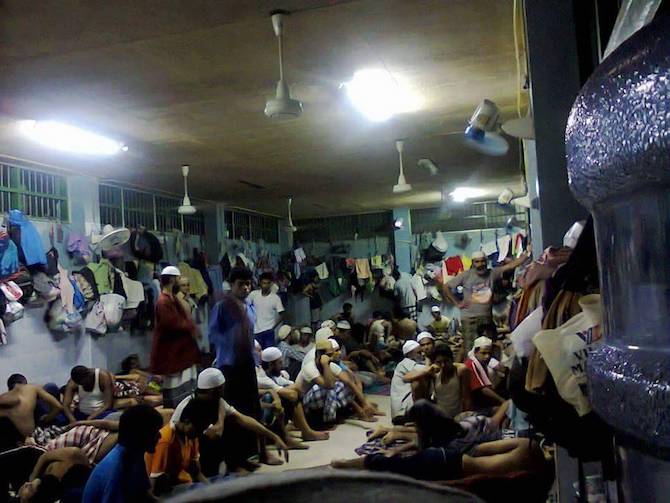
Many inmates are Muslims as can be seen in this shot where most of those pictured are from Bangladesh.
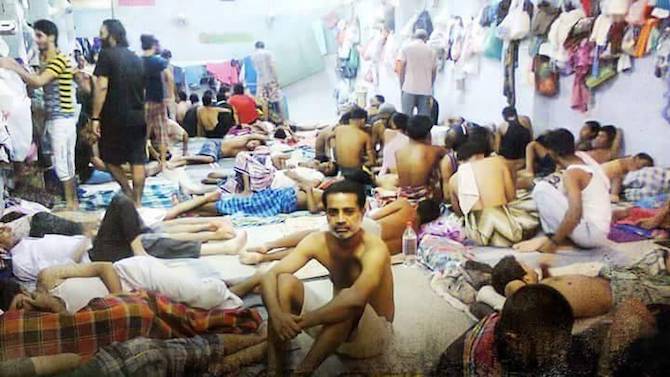
Little wonder that the IDC breeds diseases easily communicated in the facility — tuberculosis, flu and other infections that humans pass to each other.
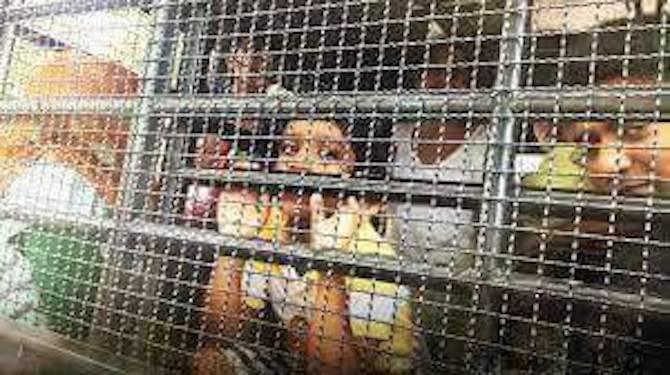
Treatment at the IDC is indiscriminate and the same for children.
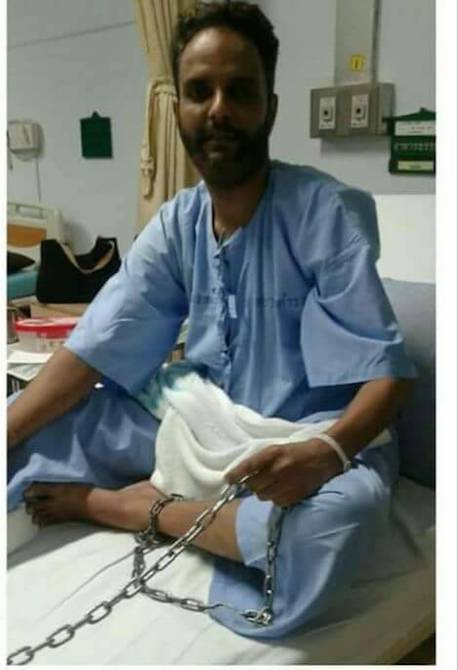
There is a long line to the doctor at the IDC but some detainees do get treatment even if hospitalization is delivered with them bound and shackled. In the eyes of Thai immigration police, detainees are criminals even though their offenses are never more than a visa overstay.
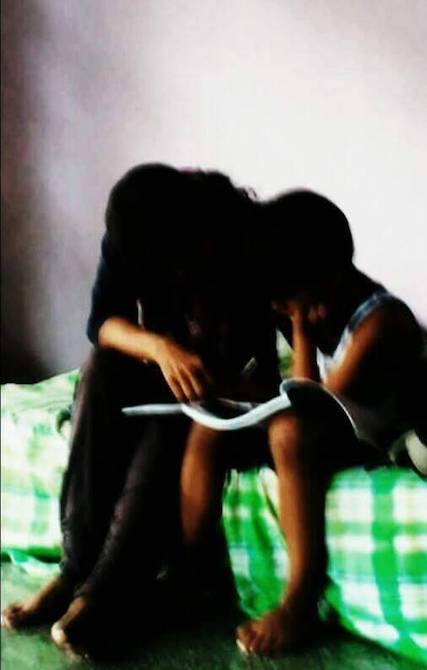
Despite a directive by Thai Prime Minister Prayut Chan-o-cha that no children should be held in the IDC, immigration police lock up children as young as four and cramp them together with their mothers and siblings.
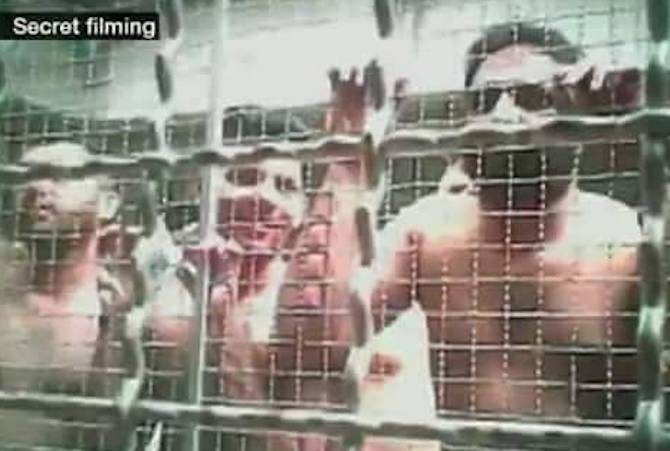
Not caged animals but human beings treated and contained as if they were wild animals.






